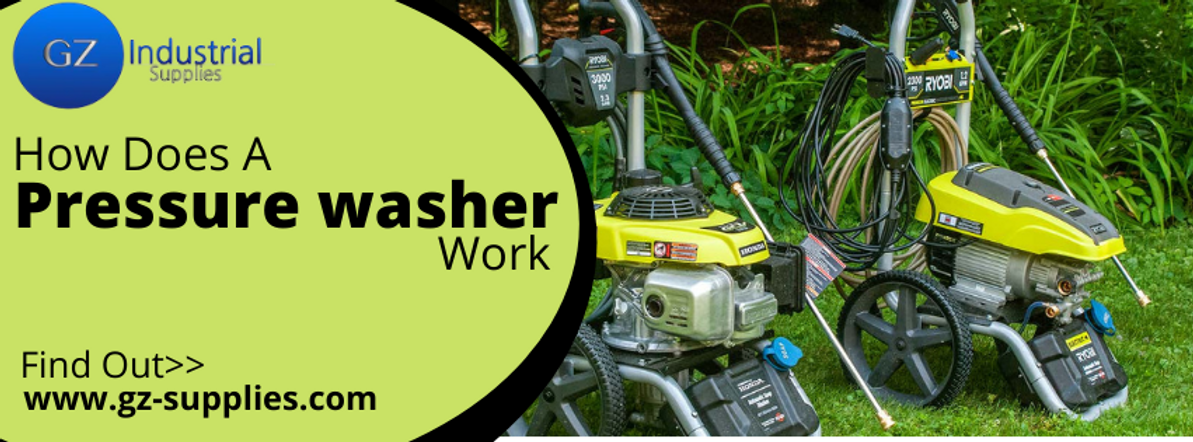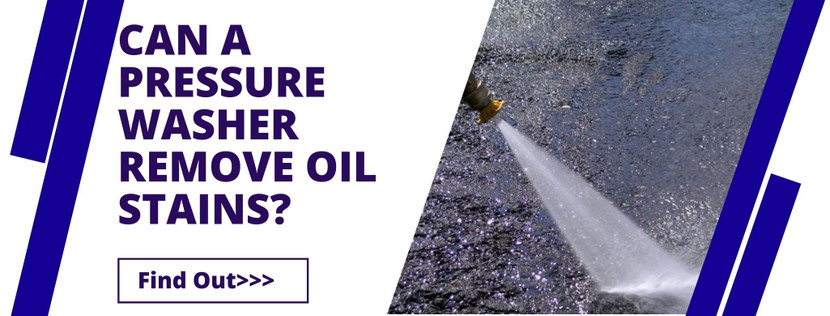How Does A Pressure Washer Work
How Does A Pressure Washer Work
Table of Contents
Introduction
Parts of the pressure washer
How the pressure washer works
Frequently Asked Questions About Pressure Washer
Conclusion
Introduction
There are times in industrial laundry, you have tried clean water, have applied detergent, have introduced washing chemicals and the dirt poses to be stubborn. Then it is time to roll out the pressure washer. Pressure washers can be used for a variety of outside tasks such as cleaning backyard patios, decks, driveways, washing down patio furniture, vehicles, siding or preparing surfaces for painting.
A pressure washer or power washer is a high-pressure mechanical sprayer used to remove loose paint, mold, grime, dust, mud, and dirt from surfaces and objects such as buildings, vehicles and concrete surfaces. The volume of a pressure washer is expressed in gallons or liters per minute, often designed into the pump and not variable. The pressure, expressed in pounds per square inch, pascals, or bar (deprecated but in common usage), is designed into the pump but can be varied by adjusting the unloader valve. Machines that produce pressures from 750 to 30,000 psi (5 to 200 MPa) or more are available.
It is important that the water supply be adequate for the pressure washer connected to it, as water starvation will lead to cavitation and damage to the pump elements. Be sure your water source can provide the gallons per minute the pump requires.
The basic pressure washer consists of a motor (either electric, internal combustion, pneumatic or hydraulic) that drives a high-pressure water pump, a high-pressure hose and a trigger gun-style switch. Just as a garden hose nozzle is used to increase the velocity of water, a pressure washer nozzle creates high pressure and velocity.
Different types of nozzle are available for different applications. Some nozzles create a water jet that is in a triangular plane (fan pattern), others emit a thin jet of water that spirals around rapidly (cone pattern). Nozzles that deliver a higher flow rate lower the output pressure. Most nozzles attach directly to the trigger gun.
Parts (Components) of Pressure washer
A pressure washer is a simple machine whose function is to simply pump water with the help of an electric motor. It uses water from the tap and then uses pressure to accelerate the water to very high speed via a hose fitted with a trigger gun. Hence, the various parts of the pressure washer.
Water Inlet:
It is a hose that acts as a connector between the pressure washer and the main supply of water. It is fitted with a filter that stops the entry of dirt and external particles from entering the washer and blocking the machine. If this debris enters the washer it can damage the whole machine. It is also dangerous as pressure would catapult the debris out, which can harm humans or property.
Electric motor or gas engine:
The smaller pressure washers are usually run on electric supply, but the bigger ones run on gasoline. The power typically is around 3-5 kW/ 3.5-5.5 HP. The work which is located outside or off home locations like workshops require a gasoline engine.
High Pressure Hose:
This is the tube that runs out from the washer to whatever cleaning attachment you have decided to use. An ordinary bit of tubing would not be able to survive the high-pressure of the water flowing through it. High-pressure hose is reinforced with wire mesh and has two or more layers of high-density plastic. It is important to use a hose that has a higher pressure rating than the pump in your pressure washer but if your washer came with your own hose, there should not be anything to worry about. Typically, the safety margin on pressure-washer hoses is about 300 percent, so if your washer is rated at 2000 psi, your hose should be able to withstand pressures of at least 6000 psi.
Water Pump:
This is the heart of a pressure washer. It is a bit like a hand-operated ground-water pump -only it is driven at high speed by the electric motor (or gas engine) instead of your hand. When the engine pulls the pump one way, it sucks water in from the faucet; when it pushes the pump the other way, the water squirts out in a high-pressure jet. Pumps are designed to handle a water flow of around 1–2 gallons (4–8 liters) per minute.
Cleaning Attachment:
Depending on what you are cleaning, you can switch from a simple trigger gun (essentially just a valve that lets water through only when you squeeze the handle) to a spinning wand spray or a rotating brush to scrub your drive. Powered attachments are driven by the force of the water flowing through them.
How Pressure Washer Works
Pressure washers are part garden hose and part air compressor. A typical pressure washer has either a gas-fueled engine or electrical powered motor that powers a water pump. The pump accelerates the water, supplied from a garden hose, to produce high pressure. The washer is hooked to a high pressure-rated hose. At the end of the hose is a water gun that looks similar to the pressure guns used at car washes. When the trigger is pulled, the water mixes with the air and comes out of the nozzle.
Pressure washers can aggressively blast things clean with water jets pressurized at about 75 times the pressure of a garden hose. Or, they can gently spray with lower pressures for delicate cleaning. Pressure washers are commonly rated by Pounds per Square Inch (PSI) which gives power to penetrate the dirt and grime. and Gallons per Minute (GPM) which gives you the power to break down dirt and wash it away.
When choosing the best pressure washer for your needs, there are two general cleaning terms to understand. Overall cleaning performance is determined by how these work together. The higher the numbers, the faster you can clean.
Quick summary of the basic mechanism :
- Detergent flows in from a bottle or container through one hose.
- Cold water flows in from a faucet (tap) through another hose and is filtered on the way in.
- An electric motor or diesel engine powers the washer.
- Powered by the engine or motor, a water pump (impeller) draws in the detergent and water and mixes them together. Most washers also heat the water to a temperature of 50–70°C .
- The pump squirts out the hot, soapy water through the reinforced, high-pressure exit hose (and whatever attachment is fixed onto it). The narrow nozzle on these attachments helps to increase the pressure of the water jet even more. The high-pressure of the jet not only cleans more effectively but means you are wasting around 80 percent less water than if you used an ordinary low-pressure hosepipe (which is more economical if your water is metered)
Frequently Asked Question (FAQs)
How does a pressure washer trigger work?
Answer
The trigger gun pushes out the water from the trigger when the unloader allows the water. The water is sent to the gun and the one who is operating the pressure washer would depress the trigger to allow the spraying water.
Conclusion
The pressure washer is really a very efficient and useful tool. It saves a lot of time, labor and water. It is used industrially to hasten up work.
Kindly contact us for more information , products and services in Nigeria.
Related Articles
HOW TO RESOLVE WATER PUMP FAILURE
Why Use Distilled Water For Inverter Battery
Where to Buy Water Pumps in Nigeria
Recent Posts
-
Why Serious Mechanics Are Switching to Japanese-Made Shinano Air Tools
Japanese-Made Shinano Air Tools Key takeaway: Shinano’s tight-tolerance, twin-hammer designs d …Apr 24, 2025 -
Top 10 Hand Tool Brands for Professionals
Introduction When it comes to professional hand tools, quality, durability, and reliability are para …Apr 23, 2025 -
HOW DOES CORROSION INHIBITOR WORK
Introduction Corrosion has posed a lot of problems to various companies and industries; by interfer …Apr 22, 2025




